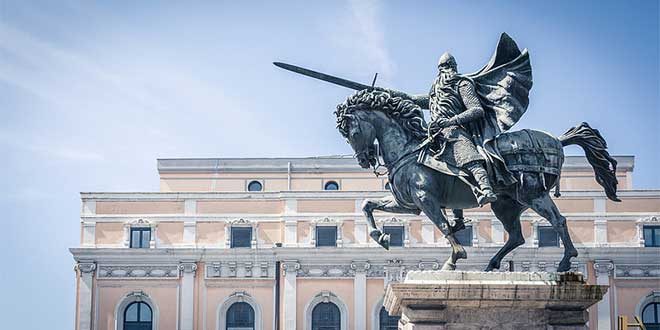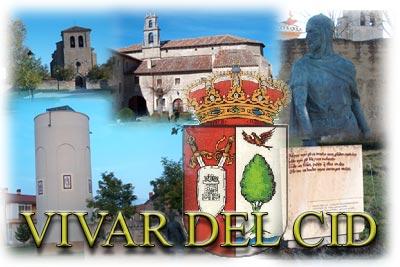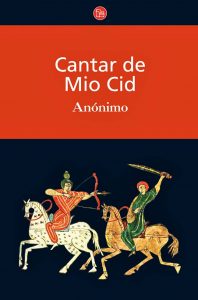TIME AND HISTORY
Everything we do can be measured in time. It takes a certain amount of time to get out of bed in the morning, to get to school and to do our homework. History is also measured in time. It is the study of the past. It is important to learn about the past because it can help us to make the future better.
- Look at the old objects in the left-hand column. Draw their modern equivalents in your notebook or find photos.
- Make your own chart in your notebook. Find photos of old objects and their modern equivalents.
- Think about what the objects you have chosen will look like in the future. Draw pictures in your notebook and label them.
Time is constantly moving forward. It never stops. We can talk about time in the past present or future.
History is the study of the past. People who study history are called historians. They study historical sources to find out information about the past.
History is the study of the past. People who study history are called historians. They study historical sources to find out information about the past.
Physical sources are objects that give us information about the past. These objects can be as big as a castle or as small as a simple tool.
Written sources include books, letters, newspapers and other written documents from the past.
Visual sources can be paintings, drawings, or photographs that show life in the past.
The history of human beings is very long. We use different measurements of time to organise information about the past.
We use a timeline to show important events in the order they happened. They usually show us what happened during centuries or even millenniums. We can divide the past into five main periods of history:
The time before the birth of Jesus Christ is called BC. The time after the birth of Jesus Christ is called AD.
Prehistory is the period from when the first humans existed, about two million years ago, to when written history began. The people that lived during this period didn’t know how to write, but they left historical sources called artefacts. There were two main periods in Prehistory: the Palaeolithic Periodand the Neolithic Period.
PREHISTORY
Prehistory is the period from when the first humans existed, about two million years ago, to when written history began. The people that lived during this period didn’t know how to write, but they left historical sources called artefacts. There were two main periods in Prehistory: the Palaeolithic Periodand the Neolithic Period.
In the Neolithic Period, people started to live in one place and form communities. They started to grow crops and keep domestic animals. They used stone and metal to make more complex tools.
ANCIENT HISTORY
Ancient History is the period from when written history began to the fall of the Roman Empire. During this time, great civilisations developed in countries such as Greece, Egypt, China and Mexico.
Each civilisation developed a different way of writing. For example Ancient Egyptians wrote in hieroglyphics and the Romans wrote in Latin.People began to live in big towns and cities, such as Rome and Athens. They also built public and Greek temple private buildings.
They formed governments, wrote laws, developed skills and had jobs. They also made important advances in agriculture.
Each civilisation developed a different way of writing. For example Ancient Egyptians wrote in hieroglyphics and the Romans wrote in Latin.People began to live in big towns and cities, such as Rome and Athens. They also built public and Greek temple private buildings.
They formed governments, wrote laws, developed skills and had jobs. They also made important advances in agriculture.
THE MIDDLE AGES
The Middle Ages began about 1 500 years ago. During this period, two main cultures lived on the Iberian Peninsula: Christian culture and Islamic culture. The Iberian Peninsula was divided into kingdoms. Each kingdom had a king.
People built castles and walls to defend their territory.
In Christian areas, churches and cathedrals were built. Burgos Cathedral is one of Spain’s most beautiful cathedrals... if not the MOST!
The Burgos Cathedral building process began in 1221 and it was completed in 1567.


Do you know anything about "El Cid Campeador"?
He was a very important Spanish knight and hero. Rodrigo Díaz de Vivar was born in Vivar (Burgos) in 1045. He died in Valencia in July 1099.

El Cantar de mio Cid, literally "The Song of my Cid" (or El Poema de mio Cid), is the oldest preserved Castilian epic poem. Based on a true story, it tells of the Castilian hero El Cid, and takes place during the Reconquista, or reconquest of Spain from the Moors.

In Islamic areas, mosques were built.
In 1492 Christian kingdoms in northern Spain conquered the Muslims and spread the Catholic religion.
In 1492 Christian kingdoms in northern Spain conquered the Muslims and spread the Catholic religion.
Factories made mass-produced products. People moved to towns and cities to work in these factories, so urban populations increased.
CONTEMPORARY HISTORY
More than 500,000 people died in the Spanish Civil War of the 1930s.The victorious Gen. Francisco Franco ruled as a brutal dictator until his death in 1975.
Why is history so important for us?
'Those who do not learn history are doomed to repeat it.'
Soon after, Spain began to transform itself into a modern, industrial, and democratic European nation.

The word democracy describes a form of government. In a democracy the people have a say in how the government is run. They do this by voting. Democracies are different from dictatorships. In a dictatorship one person called a dictator makes all the rules.






















Comments
Post a Comment